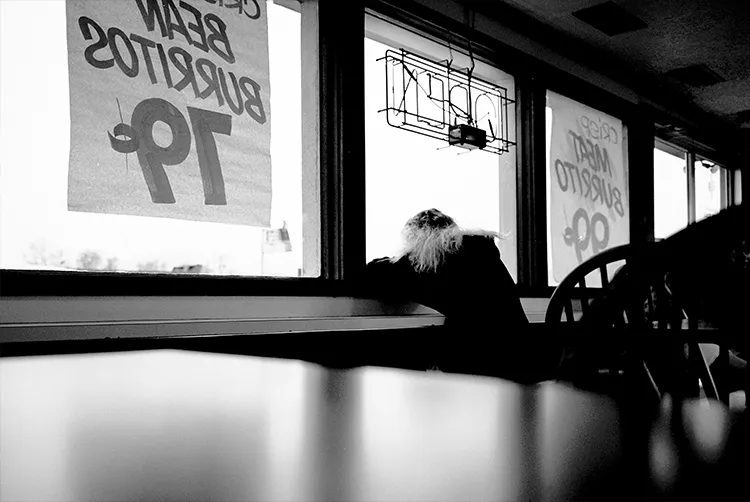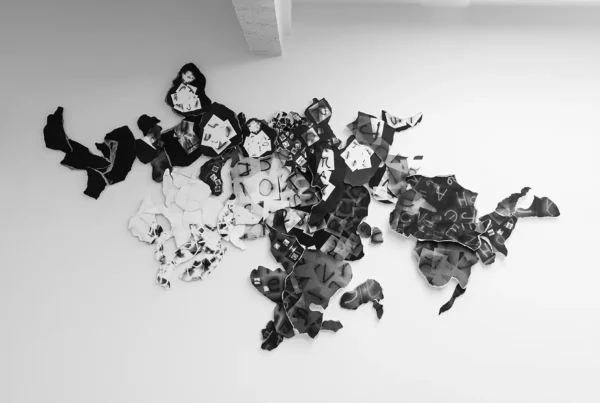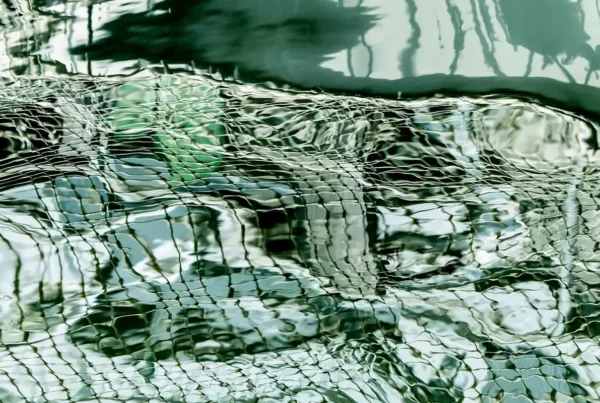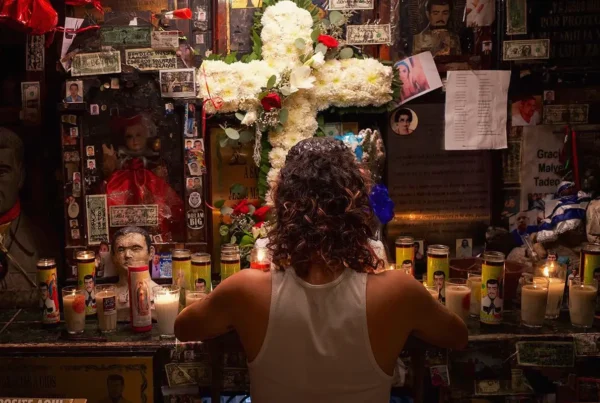“Looking through the camera lens made me more attentive and compassionate.”
A Patchwork of Professions and Passions
Kip Harris grew up in a small farming town in Idaho. His father owned a bar and lounge which was expanded to include a coffee shop and restaurant. His journey, however, diverged considerably from the straightforward paths common in his rural community. Harris’s academic pursuits spanned across English literature, humanities, and architecture, with degrees from Dartmouth College, the University of Chicago, and the University of Utah, respectively. Such a diverse educational background didn’t translate into a single career path; instead, Harris embraced a wide range of full and part time jobs. Over the years, he worked as everything from a janitor and junior ski racing coach to a speechwriter and private school instructor. Yet, he ultimately found longevity in architecture, where he served as a principal at FFKR Architects in Salt Lake City for nearly three decades.
This kaleidoscope of roles profoundly shaped Harris’s artistic identity, influencing the range of photographic projects he would eventually pursue. His eclectic work experience gave him an appreciation for capturing diverse environments and moments. Now primarily a black-and-white street photographer, Harris also explores the subtleties of seascapes and the vivid hues of color studies. This variety in his photographic projects reflects the multifaceted life he’s led—a life spent experimenting, exploring, and evolving, unbound by a single narrative or style.
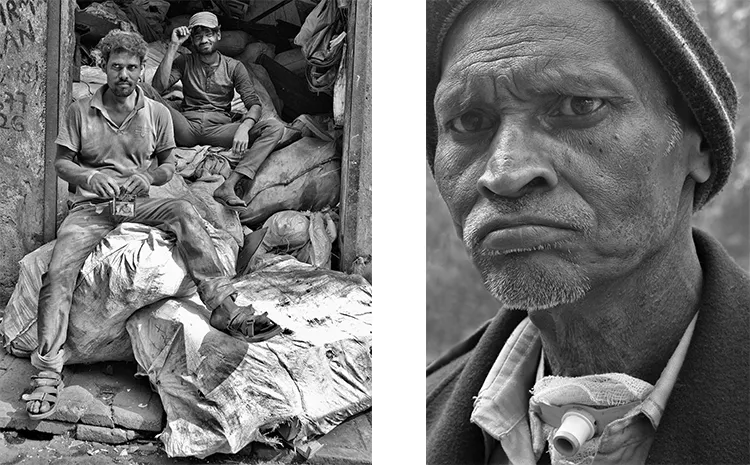
Kip Harris: Finding Art Through the Lens of Life
Harris’s journey into photography began with a sabbatical following a taxing architectural project in the late 1980s. He decided to take a break, initially planning to focus on writing an essay about the creative process. Instead, a month-long trip to England and Ireland, inspired by his wife’s suggestion to bring along her camera, redefined his creative focus. Harris initially worried that a camera would interfere with his ability to observe, but it ended up enhancing his attentiveness, allowing him to see with greater depth. Harris realized, as poet Wallace Stevens noted, that in moments of profound reality, “consciousness takes the place of imagination.” His lens became a tool not only to document but also to understand and engage with the world on a more intimate level.
Upon returning home, Harris immersed himself in darkroom techniques, translating his newfound passion into a serious pursuit. His earliest photographs were straightforward documentations, primarily of vacation scenes and his wife’s choreographic work. However, moving to Nova Scotia in 2004 marked a turning point. With more time and freedom, Harris began submitting his work for exhibitions and publications, gradually evolving from an observer to a dedicated artist. What had started as a personal experiment became an enduring commitment to expressing life’s intricacies through photography.
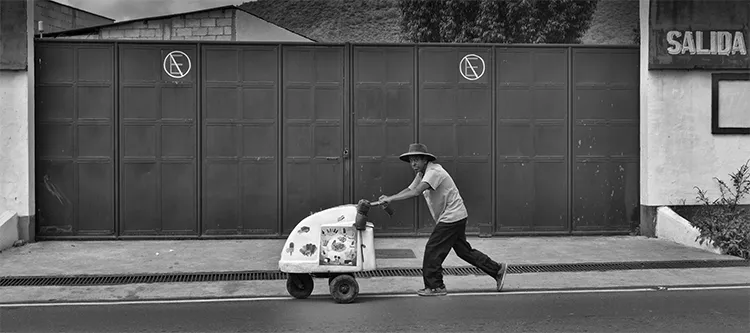
Crafting Atmosphere and Meaning
Harris’s approach to photography is defined not by rigid adherence to a single style but by his ability to adapt his technique to each subject. In his seascapes, he waits for moments when sky and water blend seamlessly, often enhanced by fog or dramatic lighting. His long-term project, “At Work,” draws on the chiaroscuro lighting of Rembrandt, highlighting people’s interactions with their tools in workplaces. For his abstract color work, Harris moves close to walls, searching for compositions that reveal unexpected beauty in surface details. Meanwhile, his street photography captures fleeting moments that convey the essence of his subjects in an instant, demonstrating his nuanced perspective on human expression.
One hallmark of Harris’s work is the dark, atmospheric quality of his prints. He strives to make the light feel as though it emanates from within each image, an effect that can be challenging in digital formats. The vibrancy of a screen often overshadows the depth of a print, yet Harris’s meticulous printing process aims to bring that same intensity to physical form. Each medium he uses, whether digital or analog, becomes an exploration in itself, revealing the intricacies of light, texture, and mood that define his work.
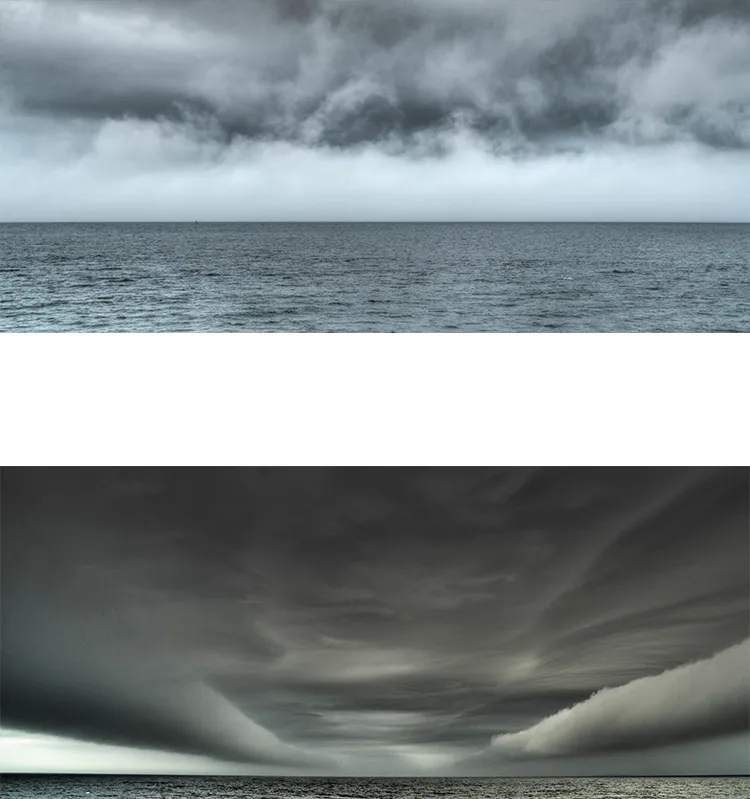
Kip Harris: A Space for Creation and Reflection
Harris’s studio, situated next to his home, offers him an ideal setting for focused creative work. Designed with his specific needs in mind, the studio balances natural light with controlled ambient conditions, allowing Harris to work seamlessly with both digital and print media. Large windows facing St. Margaret’s Bay flood the room with natural light, while the artificial lighting consists of carefully arranged low-voltage LEDs. This thoughtful setup minimizes reflections on his monitors, making the space as functional as it is inspiring. An expansive trestle table with a sliding keyboard tray accommodates his dual workstations, supporting both business tasks and photo editing.
With a 24-inch Cintiq monitor and a 27-inch NEC display powered by a Mac Studio, Harris has designed a workspace that enables precise control over his images. A nearby Epson printer, flat file, and glass-topped table for trimming and inspecting prints enhance his workflow. Harris also maintains a drafting board, a nod to his architectural background. A unique display system of sliding panels allows him to rearrange prints, facilitating both introspection and studio tours. With few distractions other than a breathtaking view and a simple day bed, Harris has created an environment that fuels his creativity, blending functionality with inspiration.
Harris’s influences range from iconic street photographers like Robert Frank and Henri Cartier-Bresson to abstract colorists such as Mark Rothko. He finds inspiration in the seascapes of Hiroshi Sugimoto and the luminosity of American Luminism, drawing from each to shape his unique vision. Workshops with Harvey Stein taught him essential skills, such as the courage to approach strangers and the ability to capture a moment spontaneously, skills that remain integral to his street photography today.
Among Harris’s most meaningful works is a photograph taken in a fast-food restaurant in Magna, Utah. While testing a new camera, he captured an image of a young girl crying quietly over her meal. The scene, suffused with a sense of suburban isolation, resonated deeply with Harris. For him, this photograph was the first that truly reflected his view of the world—a combination of composition, texture, and light that conveyed the depth and complexity of human experience. This image became a milestone, marking Harris’s transition from documenting the world to interpreting it through his unique artistic lens.
